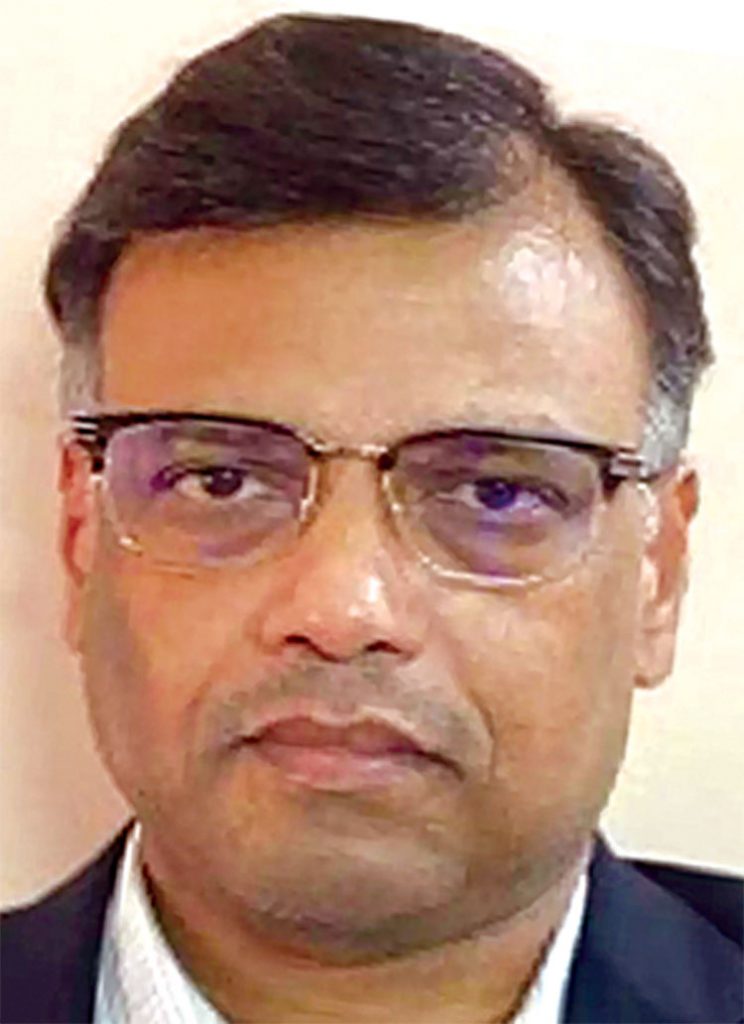
New Delhi, Jun 21 (Mayank Nigam) Reserve Bank of India (RBI) Deputy Governor T Rabi Sankar on Monday urged the industry to make the pricing of financial products and services transparent to minimise chances of mis-selling. Speaking at an event organised by think-tank National Council of Applied Economic Research (NCAER), he said there is an amount of pricing even in the case of free services. Citing an example of such opaque arrangement, Sankar said bundling of products in the financial sector is one such arrangement. Bundling tends to favour a seller of such a product rather than consumer, he said, adding ‘when bundling and such issues come up, I think regulators need to be more alert to the possibilities of mis-selling and misuse’.
The deputy governor made a disclaimer that the remarks made by him are personal and not of the RBI in the interest of free and fair debate related to investor education and protection in the banking sector. ‘Industry also needs to make pricing transparent whenever you price your services and keep the pricing distinct among multiple services that you are selling,’ he said. Observing that the digital payments industry is yet to enter into its teens, Sankar said it has become a global leader in certain areas while it is evolving. Digital payment in India gathered traction after 2010. Noting that there is tremendous scope for the growth of digital payments in India, he said there is a need to develop an ecosystem in a way that gives comfort to all citizens that his or her money is safe over the online system. The RBI has taken a lot of steps for the advancement of digital payment in the country, he said. Earlier this year, the central bank unveiled a composite Digital Payments Index (DPI) with March 2018 as the base period to capture the extent of digitisation of payments across the country.
The RBI-DPI comprises five broad parameters that enable the measurement of deepening and penetration of digital payments in the country over different periods. The parameters are payment enablers (weight 25 per cent), payment infrastructure demand-side factors (10 per cent), payment infrastructure supply-side factors (15 per cent), payment performance (45 per cent) and consumer centricity (5 per cent).

